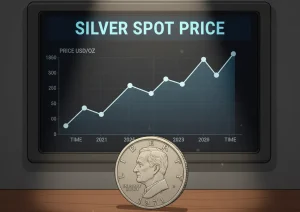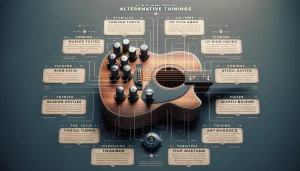Historical Origins and Evolution of Coins
The Spark That Gave Birth to Coins
Have you ever wondered how the first coins came to be? Picture this: bustling ancient marketplaces where bartering ruled the day. Trading cows for grain or pottery for spices worked well—until it didn’t. How many sacks of wheat were worth a single goat? Enter the ingenious invention of coins, small metal tokens that revolutionized commerce forever.
The story begins around 600 BCE in the ancient kingdom of Lydia, located in what is now modern-day Turkey. The Lydians struck the first known coins from an alloy called electrum, a natural mix of gold and silver with a peculiar glow. These early coins weren’t just tools—they carried immense prestige. Imagine holding in your hand a piece of metal stamped with a lion’s face, a symbol of royal authority and wealth. Practical? Yes. But also deeply symbolic.
A Journey Through Ages and Empires
From Lydia, the idea of coins spread like wildfire. Each society added its own twist:
- Ancient Greeks: Think exquisite designs of gods, athletes, and mythological creatures—tiny masterpieces that doubled as currency.
- Romans: Their coins weren’t just money; they were tools of propaganda, emblazoned with emperors’ profiles to remind everyone who wielded power.
- Medieval Europe: Coins morphed into objects of survival and beauty, often engraved with intricate crosses and rulers’ crests.
As you trace their evolution, it’s easy to see. Coins are more than cold, hard metal. They’re mirrors reflecting humanity’s creativity, struggles, and triumphs, glowing with stories of those who minted them.
Symbolism and Meaning in Coin Designs
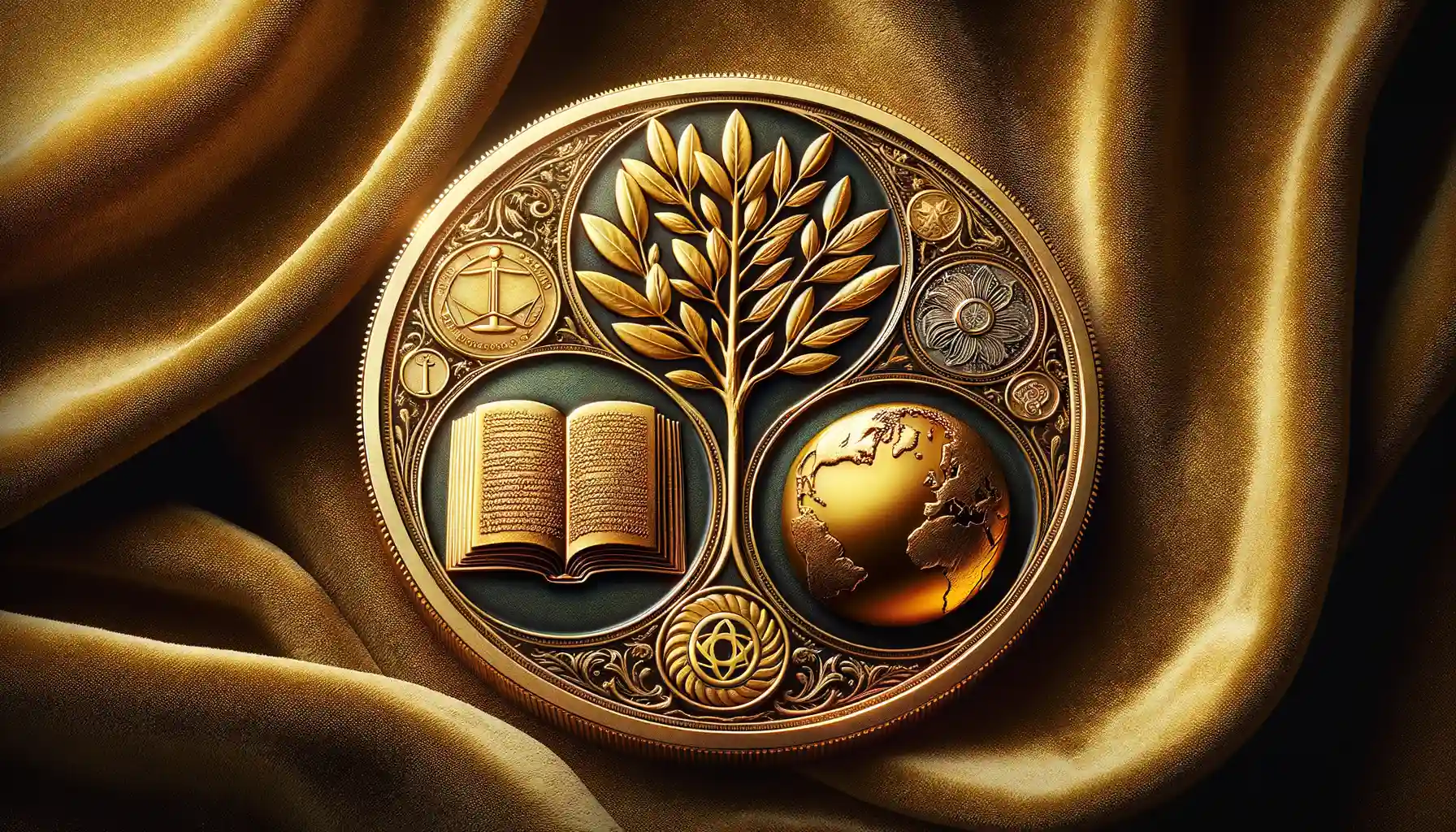
A Language Written in Metal
Coins are far more than lifeless metal discs—they carry stories, beliefs, and ambitions etched into their very surface. Think of them as miniature time capsules, offering clues about the values and identity of the people who minted them. Have you ever noticed the intricate designs on a coin? Every line, symbol, and engraving tells a tale, often charged with deeper meaning.
Take, for example, the olive branch often seen on coins. It’s not just decorative—it’s a universal emblem of peace, resonating across cultures and centuries. Or the presence of an eagle in high detail—a classical nod to strength and soaring ambition. These designs aren’t random; they’re whispers from history, full of intent and purpose.
- Portraits often honor rulers or influential figures, anchoring the coin’s power to human legacy.
- Symbols such as ships or tools reflect trade, exploration, or the hard-won wealth of a nation.
- Mythical creatures—like griffins or dragons—evoke protection, mystery, or divine favor.
In fact, some coins blur the line between currency and art, becoming statements of cultural pride. Next time you hold one, pause. You might just be holding a piece of poetry written in metal.
Coins as Tools of Power and Propaganda
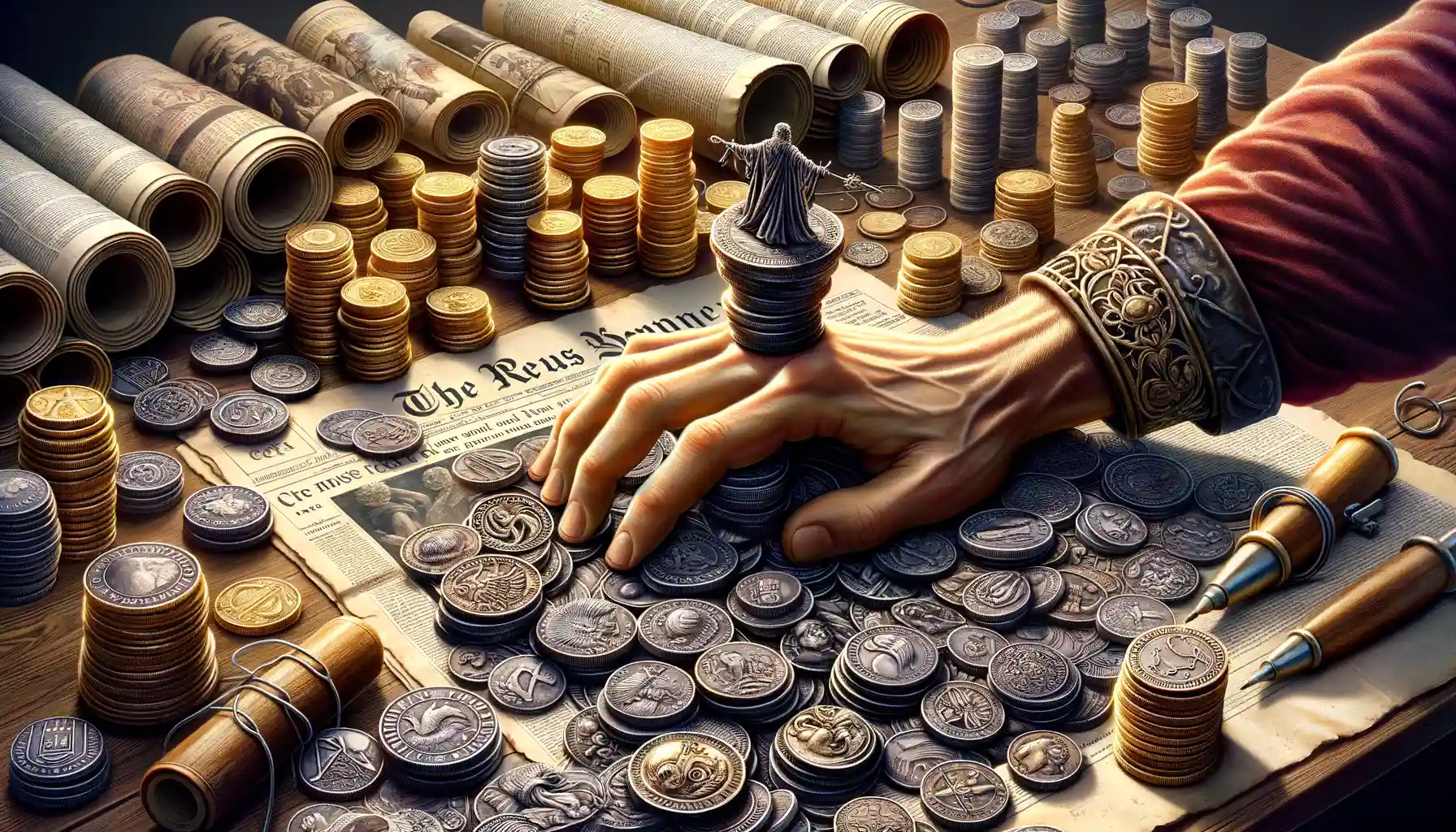
Shaping Legacies Through Coins
Coins are far more than just money. They’re tiny, durable billboards, crafted to carry messages across empires and centuries. Imagine holding a coin minted by Alexander the Great – you’re not just holding metal; you’re clutching a piece of political theater. Rulers have long used coins to plant their authority into people’s hands, pockets, and minds.
With every exchange, propaganda flows. A single coin might boast the stern image of a ruler wearing a laurel wreath, radiating power and divine favor. Others showcase awe-inspiring monuments or victories in battle – a subtle, ever-present reminder of who’s in charge. These designs weren’t random; they were carefully curated to command loyalty and shape public perception.
- The Roman Empire loved to stamp coins with victories, broadcasting their military dominance.
- Medieval kings? Often adorned currency with religious symbols to claim divine right.
- And think of Napoleon’s coins, glorifying himself as the new Caesar!
Control in the Palm of Your Hand
Coins could even rewrite history. For instance, after Julius Caesar’s assassination, his enemies minted coins depicting daggers and the date – a not-so-subtle “we did this, and we’re proud” statement. On the flip side, emperors erased rivals by melting down opposing coins or issuing new ones to overwrite old narratives. Each shiny disk became a tool to inflate ego, suppress dissent, or rewrite the past.
So next time you jingle some coins in your pocket, picture the stories they’d tell – whispers from rulers, conquerors, and cunning propagandists who understood the art of wielding power in the tiniest of forms.
The Role of Coins in Religious and Ritual Practices
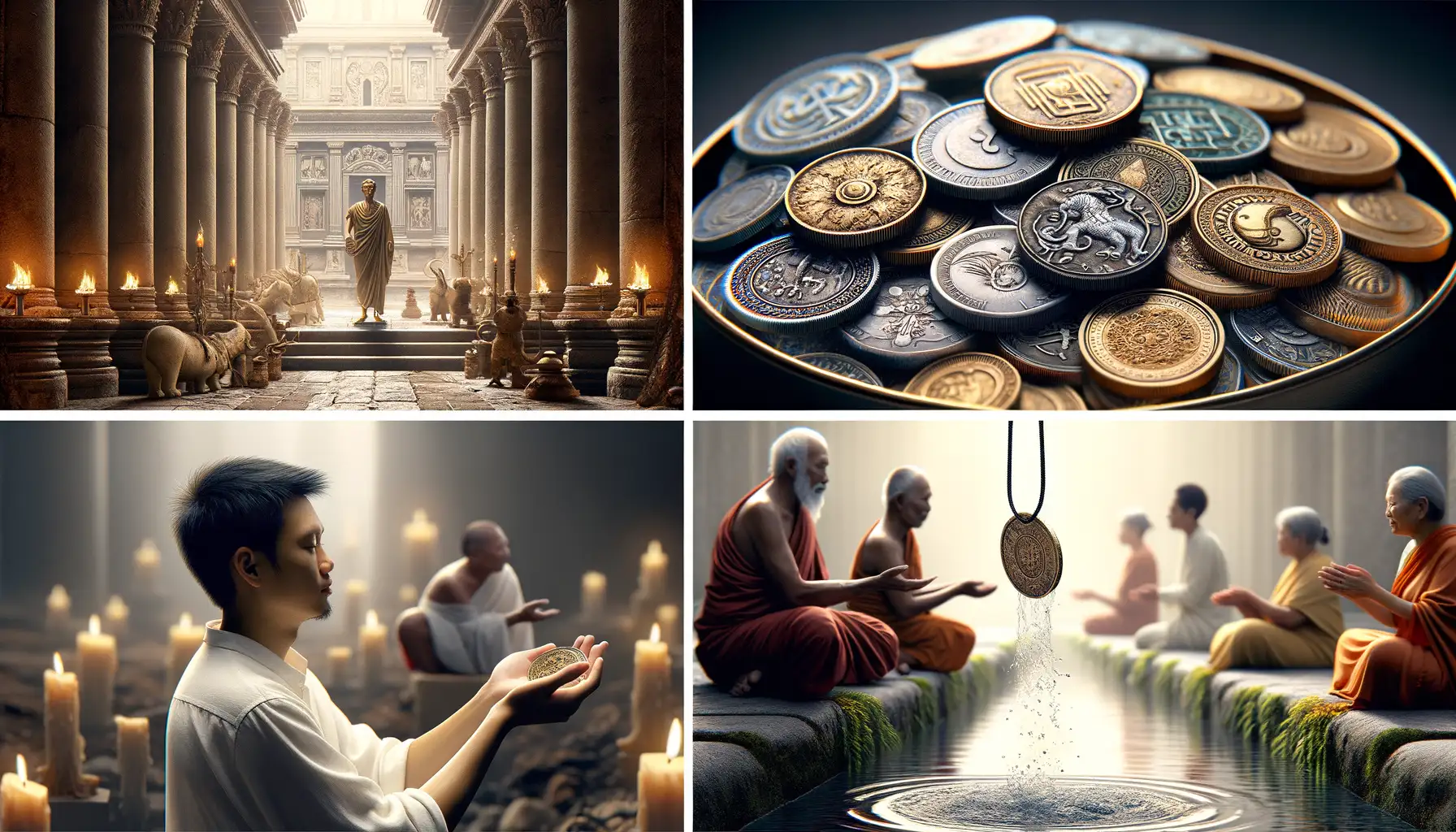
A Sacred Currency: Coins in Spiritual Practices
There’s something deeply mesmerizing about the sound of a coin clinking onto stone in a quiet temple or being dropped into the sea as an offering. Across cultures and centuries, coins have served as more than just economic tools—they’ve been imbued with profound spiritual meaning.
In ancient Rome, coins dedicated to gods like Jupiter or Venus were often placed in altars or buried in the ground to ensure favor and protection. Similarly, in Hindu temples, it’s not uncommon even today to see devotees offering small coins at the feet of deities, a humble gesture of gratitude and hope.
- Wishing wells: Ever tossed a coin into one and made a wish? This practice traces its roots to ancient European water cults, where coins were given to gods of springs for abundant harvests or healing.
- Burial rites: The Greeks believed souls needed a ferry fee to cross the river Styx, so coins were placed on the eyes of their dead—a poignant sendoff into the afterlife.
Whatever the custom, coins seem to capture a universal truth: their small size belies their immense value in connecting the earthly and the divine.
Coins as a Reflection of Economic and Social Systems
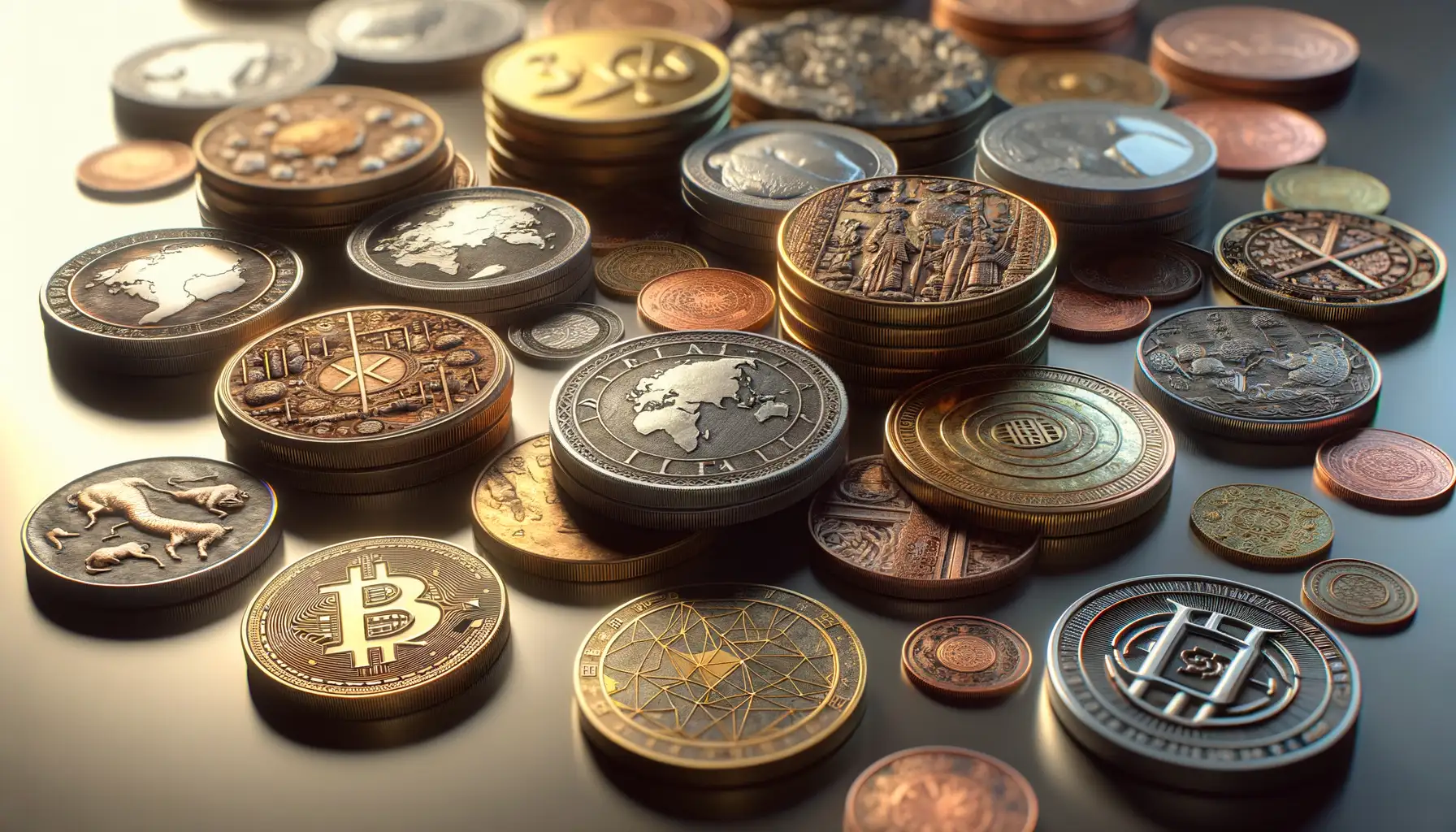
The Mirror of Everyday Life: Coins as Storytellers
Imagine holding a coin in your hand—this tiny object has traveled through countless hands, telling a story of the society it came from. Coins are far more than tools for transaction; they embody the rhythm of daily life, capturing the complexities of economic systems and social hierarchies in their metal frames.
A coin doesn’t just buy bread—it can reveal who had access to wealth and who didn’t. For instance, during the Industrial Revolution, coins reflected rapid changes in class structures. Factory workers earned wages marked in small denominations, while the minted gold sovereigns in Great Britain became symbols of the elite’s prosperity. Could there be a sharper contrast?
- Denominations told society’s priorities, whether favoring small change for working-class use or large coins catering to the wealthy.
- Materials, such as copper or silver, whispered secrets about local resources and trade dynamics.
Trade, Tax, and Trust: The Economic Backbone
Coins also underscored a fundamental truth: trust. A stable coinage system meant a thriving economy, but counterfeit coins? A disaster waiting to happen. Ancient Rome faced this very crisis when debased denarii caused inflation and unrest. Even today, the euro coins symbolize a shared economic dream across Europe—a modern take on a medieval concept. Isn’t it incredible how something so small can form the backbone of entire civilizations?

